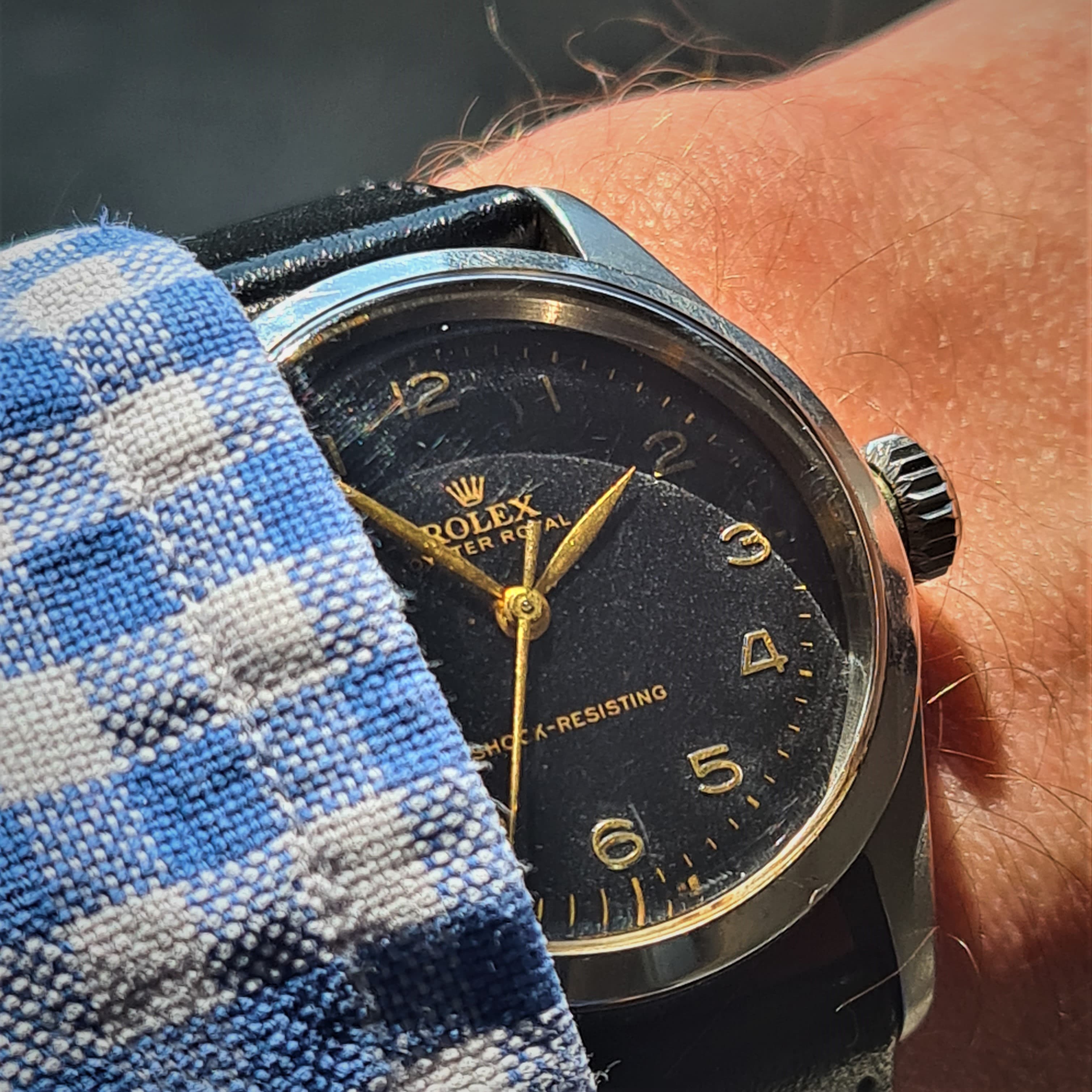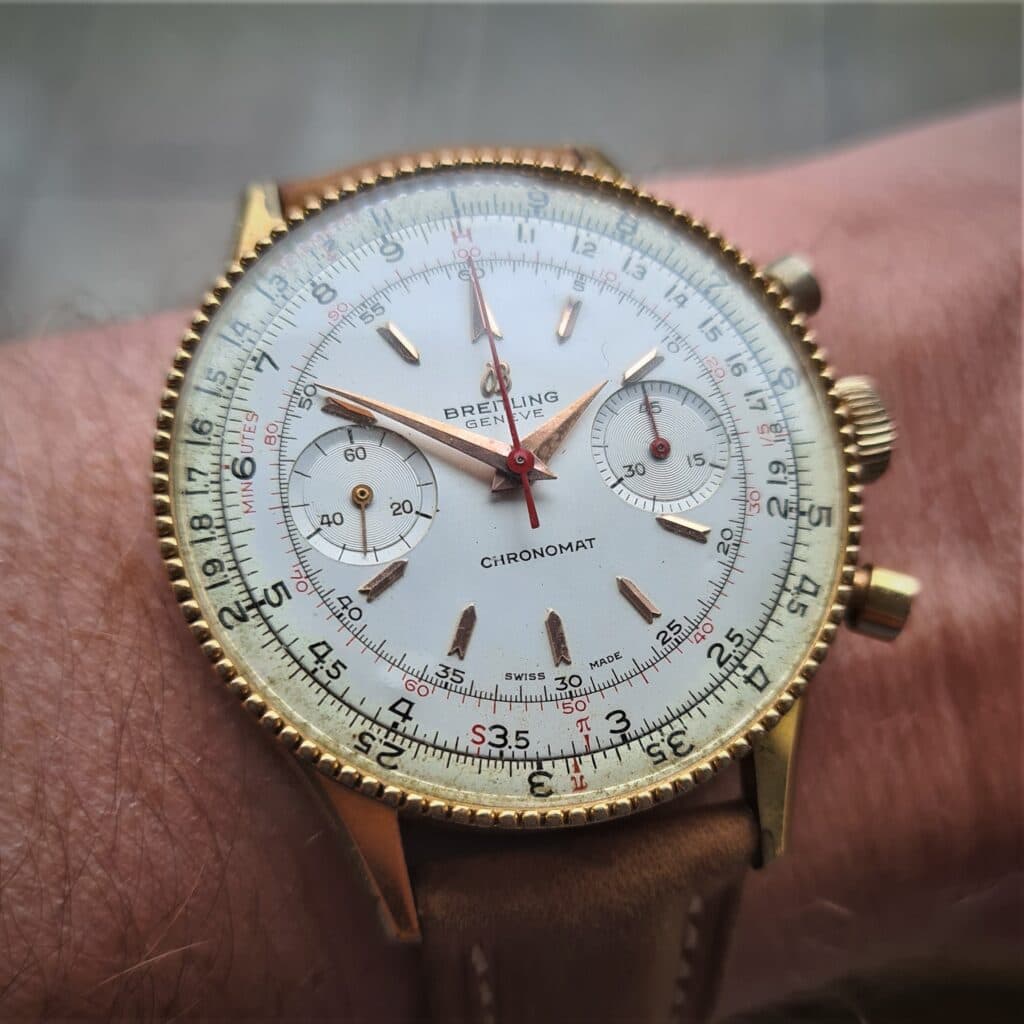We've talked about Modern Watch Manufacturing, and how the industry has evolved to a point where both watches and components are made all over the world by an astonishing range of brands large and small. In Today's Blog Post we'll look into how watch companies choose to price their product, what goes into it, and how to understand the price differences in the watch world.
How a Watch gets its price
All watch brands need to make a profit on the watches they sell in order to survive. They also need to account for the payments to distributors like shops or online sites, taxes, and shipping or delivery costs. Following that they need to include an amount to cover their marketing costs and overheads like staff and administration, and then of course the need to pay for the materials and labour that went into making the movement and watch itself, including assembly and testing.
There are some benchmarks in the industry that make watch pricing easier to understand. For example, if a watch is sold in a physical store, then the historic amount the store gets is 30-40%. From the £1000 selling price a shop in the UK will get £3-400 of that to cover all the costs of running the store. Online platforms can earn a lower percentage as they have lower costs, but usually the price is the same to the underlying buyer whether they buy it from an online or offline store.
In terms of the cost of manufacturing, assembly and testing of the watch, that will usually be between 5 and 30% of the price of the watch, however this is a very rough estimate, and sometimes it can be wildly different. For example, a new Microbrand just getting started may not be able to make any profit on their first watch as they aren't big enough to benefit from economies of scale. Alternatively, a brand may make a limited edition watch out of precious metals with some premium design features and be able to price this very highly as collectors will want it so much.

The Value of Branding
This brings us to the most important aspect of watch pricing; the value of a brand. We are not talking about commodity products, like coal or wheat or bricks, which are made to a certain standard and prices are set on global and local markets, you just pay what you get. We are talking about consumer items that every buyer has to want because it speaks to them and that every brand has to provide a reason or justification for the product to be the way that it is. We are also talking about a product where the majority of the revenues in the industry are generated by luxury products, that is, ones sold for reasons other than necessity.
No one needs a watch nowadays, and so most people wear them because they like the feeling, they want to improve their outfits, or they value them as a piece of jewellery. This means that the most important thing is how the watch makes them feel when they wear it, the impact has on other people, etc. These things are driven more by the design, look, and brand of the watch, than the materials, movement, etc. Therefore the value, and resulting price the brand can charge is found here.
A brand can stand for many things; history, heritage, design, craft, quality, technology and more. People buy brands they identify with and want to associate themselves with, and in the watch world they want a visible and recognisable symbol of the brand to wear, even if the branding is very subtle.
In terms of choosing a price, brands have to position the watch, range of watches and whole brand itself against other actors in the industry. New brands have to do this from their first watch and established brands have to monitor their position against their competitors constantly.

Price testing
Ultimately, the price of any watch is tested as soon as it is available for sale. No one will be ever be certain they've got the price right for a watch when its released, and some watches are priced too highly and struggle to sell at all, and then end up going on sale, either explicitly or secretly via other sales channels (often referred to as "the grey market").
You can look at how people view the price of a watch by looking at reviews, looking at whether you can find that watch on sale anywhere when you search online, and looking at the value people are selling similar models for when they want to move on from them (selling pre-owned watches). All this information can help you understand what others think of the price of a watch. Sometimes you might need to look at watches in a range of from a whole brand rather than one model, but you can get a good idea.
Price Trends
In recent years the price of watches for many established luxury brands has risen markedly. This is due to higher levels of inflation around the world since 2022, higher materials prices especially for gold, and increasing labour costs in a world with a permanent shortage of skilled watchmakers and technicians. In the Microbrand watch world fierce competition and the continued emergence of new brands means that pricing has not risen overall, and the spread of great watches of every kind from prices of £300 to £3000 remains exceptional. Some brands may have taken pricing higher with new model launches as they grow and gain success, but overall pricing is not rising in this segment as it is so competitive.
Pricing can differ markedly around the world for the same watch, usually due to currency swings and tax differences. This trend hasn't changed and in fact as inflation has risen and currencies move around, the price difference worldwide have grown, especially at the higher end of the market. If there is a timepiece you are after that is very expensive, it might be worth researching the opportunity to buy it in another country; sometimes the price difference will remain high even after including the price of the trip to collect it!

Collector views on pricing
Running The Watch Collectors' Club for the last few years has meant I've had many discussions about watch pricing. While recent price rises at many luxury brands are mentioned, this hasn't stopped members of our community buying watches! Broadly, I've found that people are happy to invest in watches at current price levels assuming they feel they've got good value, which ultimately is what everyone wants when buying a watch. We've also seen enormous growth in interest in Microbrands and Independent watch brands as people learn more about watches and the industry and look for something different to add to their collection.
Putting it all together
Many things go into the price of a watch, and we know there are many more things we could mention. We'll explore how price and value interact in our next Blog Post. We regularly discuss the price of watches and what we think of individual models at our Events, so if you'd like to join us online or in-person, you can find them all here.
Continue exploring
Dive into more content from The Watch Collectors Club.







